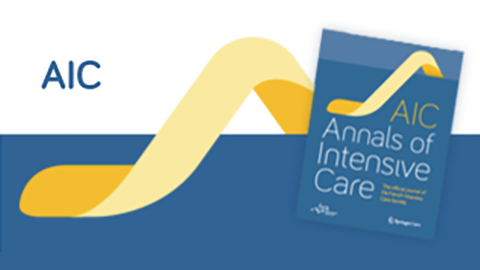30/08/2016


Source
Abstract
Background
High-frequency oscillatory ventilation (HFOV) has not been shown to be beneficial in the management of moderate-to-severe acute respiratory distress syndrome (ARDS). There is uncertainty about the actual pressure applied into the lung during HFOV. We therefore performed a study to compare the transpulmonary pressure ( P _L) during conventional mechanical ventilation (CMV) and different levels of mean airway pressure (mPaw) during HFOVMethods
This is a prospective randomized crossover study in a university teaching hospital. An esophageal balloon catheter was used to measure esophageal pressures (Pes) at end inspiration and end expiration and to calculate P _L. Measurements were taken during ventilation with CMV (CMVpre) after which patients were switched to HFOV with three 1-h different levels of mPaw set at +5, +10 and +15 cm H_2O above the mean airway pressure measured during CMV. Patients were thereafter switched back to CMV (CMVpost)Results
Ten patients with moderate-to-severe ARDS were included. We demonstrated a linear increase in Pes and P _L with the increase in mPaw during HFOV. Contrary to CMV, P _L was always positive during HFOV whatever the level of mPaw applied but not associated with improvement in oxygenation. We found significant correlations between mPaw and Pes. Conclusion HFOV with high level of mPaw increases transpulmonary pressures without improvement in oxygenation.Liens article
©2016 The Author(s)